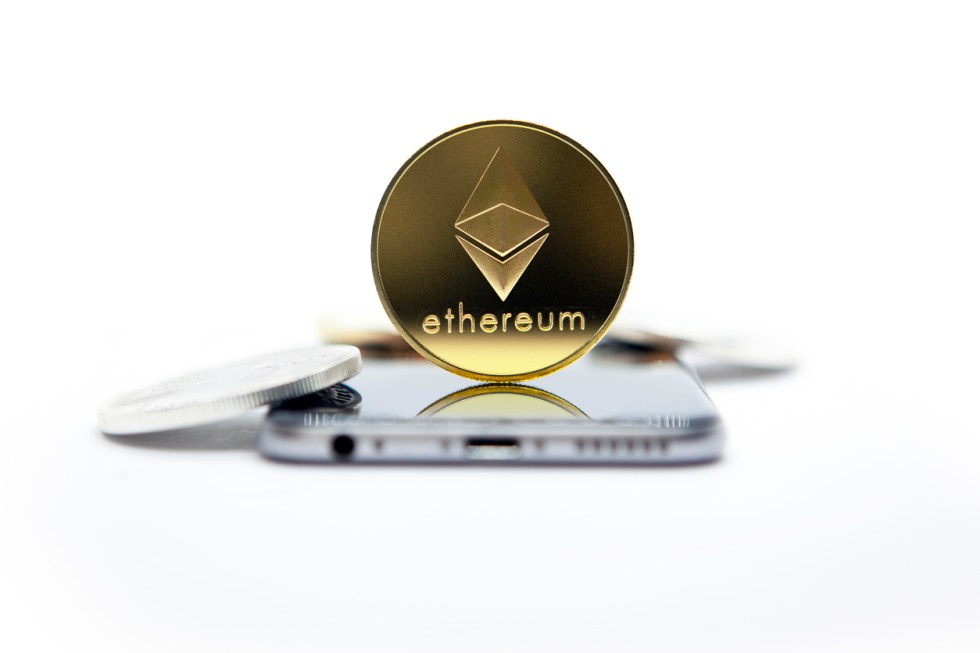The world’s second largest cryptocurrency, Ethereum (ETH), has just launched what may be their most impactful update yet. Consisting of five different components referred to as Ethereum Improvement Proposals (EIPs), the update aims mostly to change how transaction fees work.
The ‘London Hard Fork,’ also known as EIP-1559, is the eleventh fork to occur on the ETH blockchain. Just like past forks, or network upgrades, EIP-1559 aims to be monumental. Past forks have changed the blockchain moderately, but this fork will forever alter the way in which transactions occur.
Understanding The Details Of The London Hard Fork
EIP-1559 mostly concerns gas prices, and its predictability thereof. Gas prices were previously determined via bids, where those performing transactions would pitch bids to miners. Average bid prices resulted in normal speeds to complete transactions. As a result, many users found themselves paying higher gas fees in order to speed up their transactions. As you may already know, gas fees are paid using ETH.
With this new update in place, gas fees are beginning to degrease. Those who found themselves paying high and unpredictable fees are now paying much lower rates.
This is due mainly to gas fees being burned. Whenever coins are burned, they are not destroyed, but rather, removed from circulation. Essentially, coins being burned are sent to addresses that no one has access to. As a result, these coins are removed from circulation and are unattainable.
Related Reading | Ethereum Price Surges As London Hard Fork Goes Live
Previously, gas fees were given to miners who could then take the ETH and throw it back into circulation. Miners are now beginning to become obsolete. Gas fees are no longer given to miners as of EIP-1559’s introduction. Whenever a transaction occurs on the blockchain ETH’s protocol uses an algorithm to set the gas fee. This standardizes the cost for a transaction, and makes most everything on the blockchain much more predictable and easier to manage.
Auston Bunsen, co-founder and CTO of QuikNode, says, “Fifteen-fifty-nine is really meant to create an ecosystem that encourages lower gas fees. Sometimes people are willing to pay a lot to get into a block. Fifteen-fifty-nine seeks to remediate this issue by creating a base fee.”
Upward trend following EIP-1559 launch | Source: ETHUSD on TradingView.com
What This Means For Ethereum
Not too long after the launch of EIP-1559, ETH saw the first “deflationary block” in its history. Block 12,965,263 had more ETH burned than was handed out to miners. According to The Block, “In this case, there was 2.078 ETH burned in base fees, while the amount of new ETH given to miners for mining blocks is only 2 ETH.”
Related Reading | London Hard Fork Proves Ethereum Can Make Significant Changes, Vitalik Buterin
As more and more blocks are mined, more ETH will begin to be burned, driving up the price of ETH as a result. Gas fees will slowly stabilize and standardize as time goes on, though paying higher gas rates to speed up transactions will still be allowed. Finally, the ETH ecosystem will continue to grow and adapt with further forks and updates, making it easier for the average investor.
Featured image from CoinTelegraph, Charts from TradingView.com
